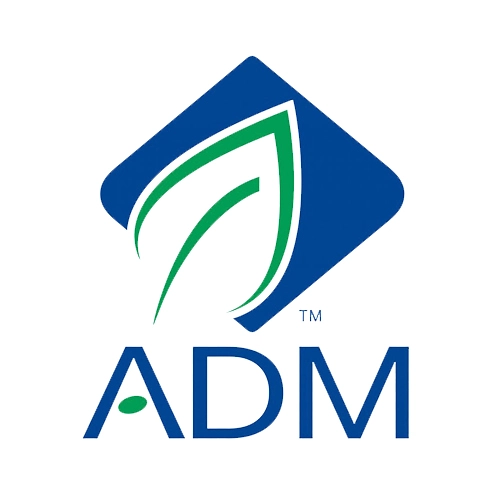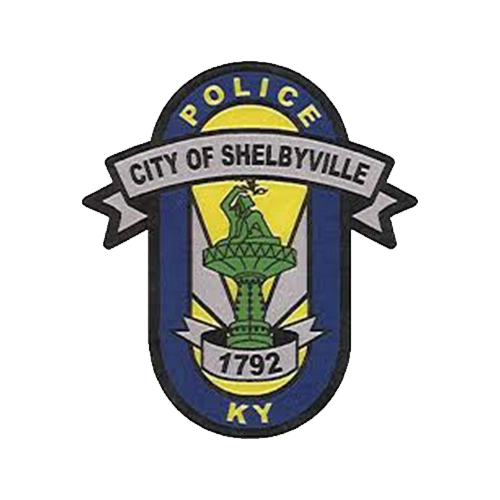
Do Radar Speed Signs Have Cameras?
Understand whether radar speed signs have cameras and how they affect traffic safety. Learn the truth about these traffic monitoring systems and how they help to enforce speed limits. As you cruise down the road, you’ve probably noticed those electronic signs that display how fast your car is going.
These are radar speed signs, and they play a crucial role in promoting road safety. They use radar technology to gauge your speed and remind you to stick to the posted speed limits. In this blog, we’ll explore radar speed signs, whether they come with cameras, what they do, and why they’re important for safer roads.
Understanding Radar Speed Signs
Radar speed signs, also known as speed feedback signs or speed limit signs, have a straightforward but essential mission: they serve as visual reminders to slow down. Most radar speed displays don’t come equipped with built-in cameras. Instead, they rely on radar sensors to accurately measure your vehicle’s speed. On a digital display, they’ll flash your speed if you’re going faster than the posted limit, alerting you to drive more slowly. With normal variations of only a few miles per hour, these sensors are remarkably accurate.
Cameras and Radar Speed Signs: Not Always Together
While radar speed signs often operate independently without cameras, some locations employ cameras in conjunction with these signs. However, it’s important to note that these cameras serve a distinct purpose and don’t function as a single unit with radar speed displays. These cameras are strategically positioned on nearby poles or signs to capture images of vehicles that are speeding. Their primary role is enforcing speed limits by issuing fines to violators.
Radar Speed Signs with Cameras: Rare but Useful
On occasion, you might encounter radar speed signs that feature integrated cameras. But fear not; these cameras aren’t out to catch you doing something wrong. Instead, they serve critical functions:
1. Data Collection: Cameras on radar speed signs capture images or videos of traffic conditions and vehicle speeds. This wealth of data proves invaluable for traffic engineers and local authorities. Analyzing traffic patterns and making informed decisions about road improvements becomes more accessible with this information at their disposal.
2. Surveillance: Some radar speed signs house cameras for surveillance purposes. These cameras monitor traffic flow and can provide crucial evidence in the event of accidents or other incidents on the road. Law enforcement and accident investigators benefit significantly from these surveillance capabilities.
3. Deterrence: Even without an enforcement role, the mere presence of a camera can serve as a powerful deterrent against speeding and other traffic violations. Knowing they’re being watched often prompts drivers to be more cautious and inclined to obey speed limits.
Diverse Features and Capabilities
It’s crucial to highlight that the specific features and capabilities of radar speed signs can vary significantly depending on the manufacturer and their intended use. While some radar speed displays keep it simple, merely displaying speed information, others boast advanced features like integrated cameras and data logging capabilities.
If You Have Questions
It’s always a smart idea to go to the manufacturer’s documents or get in touch with your local authorities if you ever have questions regarding a certain radar speed sign or want to better understand its capabilities. Furthermore, it’s important to keep in mind that privacy and regulatory restrictions that differ from one region to another may apply to the use of cameras on these devices.
Conclusion
Radar speed signs are crucial for improving traffic safety. The majority of them run without cameras, but some of them use them for things other than issuing tickets. Radar speed signs are your trustworthy driving companions, whether they are softly advising you to slow down or quietly gathering traffic information. So, the next time you encounter one, appreciate their commitment to making our roads safer and more secure for all travelers. Drive safely!
FAQ’s
Q1. What is a radar speed sign?
Ans: A radar speed sign is an electronic traffic sign that uses radar technology to measure a vehicle’s speed and display it to the driver, reminding them to obey the posted speed limit.
Q2. Do all radar speed signs have cameras?
Ans: No, not all radar speed signs have cameras. Most radar speed signs operate independently of cameras, while some may include cameras for specific purposes, like data collection and surveillance.
Q3. Are radar speed signs legally enforceable for issuing speeding tickets?
Ans: Generally, radar speed signs themselves are not used for issuing speeding tickets. However, some locations may use separate cameras in conjunction with these signs for law enforcement purposes.
Q4. How do radar sensors in speed signs measure vehicle speed?
Ans: Radar sensors in speed signs emit radio waves, which bounce off passing vehicles. By measuring the Doppler shift in the returned waves, the sign calculates the vehicle’s speed accurately.
Q5. What is the typical range of radar speed sign cameras?
Ans: The range of cameras integrated into radar speed signs can vary, but they often cover the road within a range of 100 to 300 feet (30 to 90 meters) in front of the sign.
Q6. What kind of data do cameras on radar speed signs collect for traffic engineers and authorities?
Ans: Cameras on radar speed signs capture images and videos of traffic conditions, vehicle speeds, and vehicle types. This data helps traffic engineers and authorities analyze traffic patterns and make informed decisions regarding road improvements.





















